(the modify WASP)
Credit:
Gun:by Fuyfolk
Missle:byTDevil36
Source:
Wikipidia
The Hornet has an internal 20 mm M61 rotary cannon and can carry air-to-air missiles and air-to-surface weapons. Additional fuel can be carried in up to five external fuel tanks and the aircraft can be configured as an airborne tanker by adding an external air-to-air refueling system.
Designed and initially produced by McDonnell Douglas, the Super Hornet first flew in 1995. Low-rate production began in early 1997 with full-rate production starting in September 1997, after the merger of McDonnell Douglas and Boeing the previous month. The Super Hornet entered fleet service with the United States Navy in 1999, replacing the Grumman F-14 Tomcat, which was retired in 2006; the Super Hornet has served alongside the original Hornet. The Royal Australian Air Force (RAAF), which has operated the F/A-18A as its main fighter since 1984, ordered the F/A-18F in 2007 to replace its aging General Dynamics F-111C fleet. RAAF Super Hornets entered service in December 2010.
Specifications
Spotlights
- EasternPatrick 3.4 years ago
General Characteristics
- Created On Windows
- Wingspan 41.4ft (12.6m)
- Length 56.2ft (17.1m)
- Height 15.8ft (4.8m)
- Empty Weight 29,353lbs (13,314kg)
- Loaded Weight 45,463lbs (20,622kg)
Performance
- Power/Weight Ratio 1.779
- Wing Loading 94.5lbs/ft2 (461.2kg/m2)
- Wing Area 481.3ft2 (44.7m2)
- Drag Points 7141
Parts
- Number of Parts 905
- Control Surfaces 10
- Performance Cost 3,278

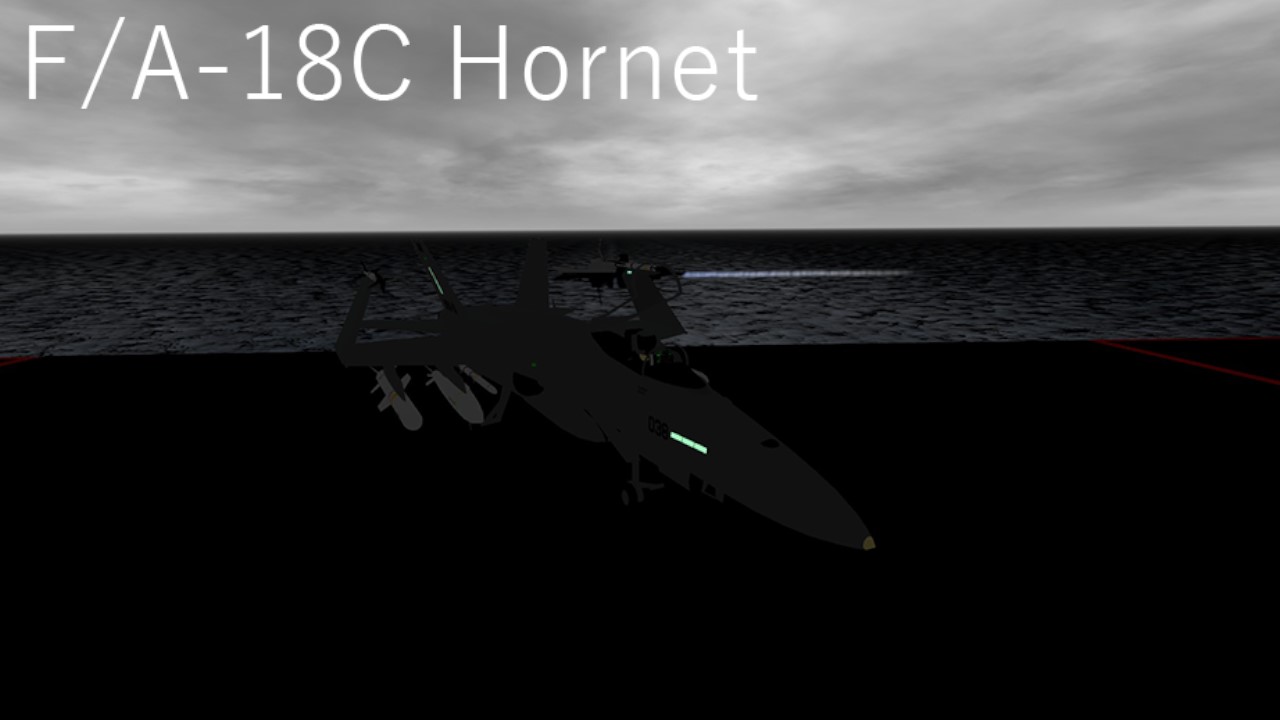
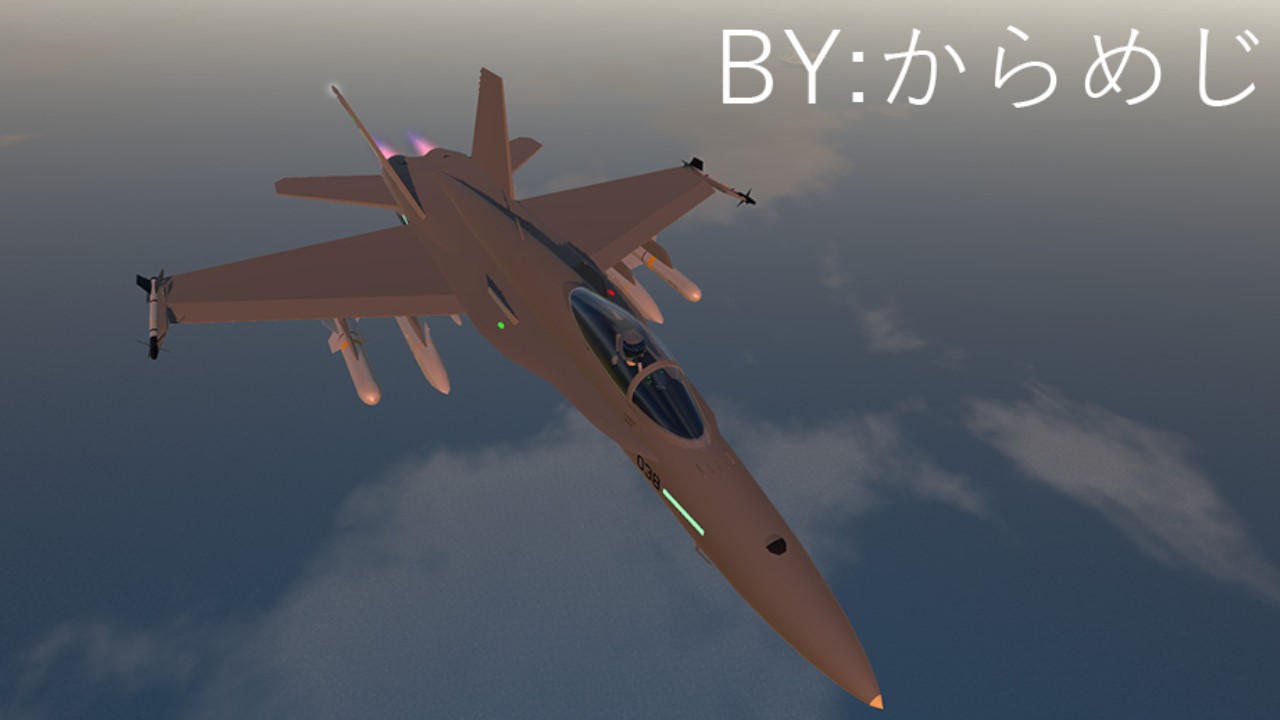

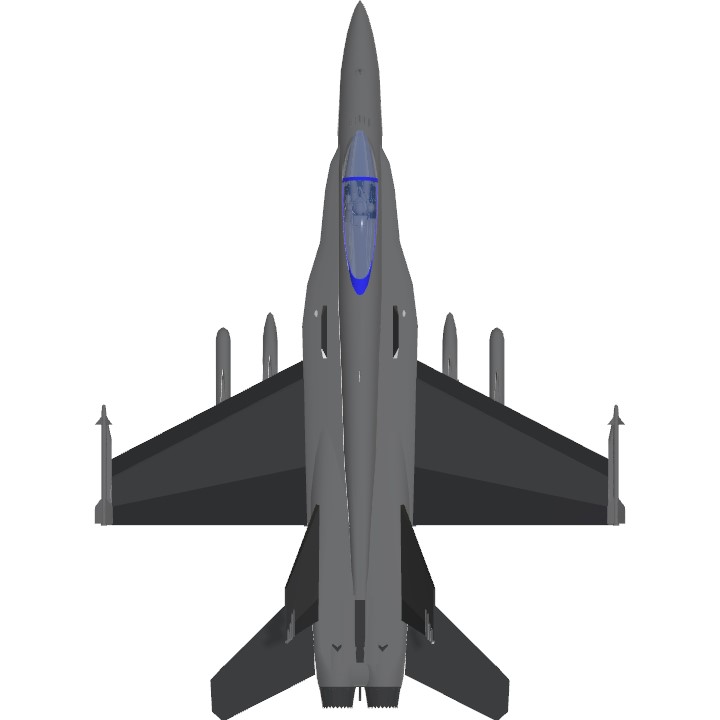
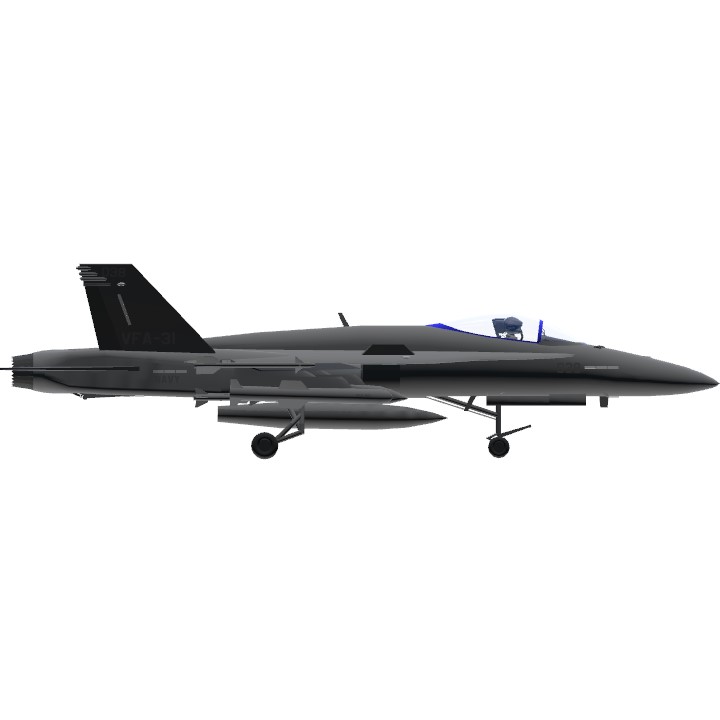
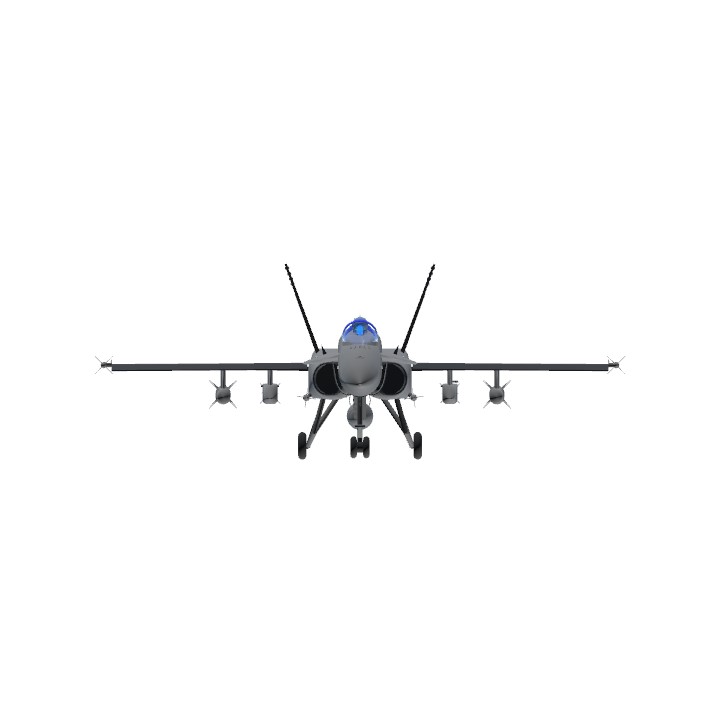
Now do a F/A-18F Super Hornet with pilot